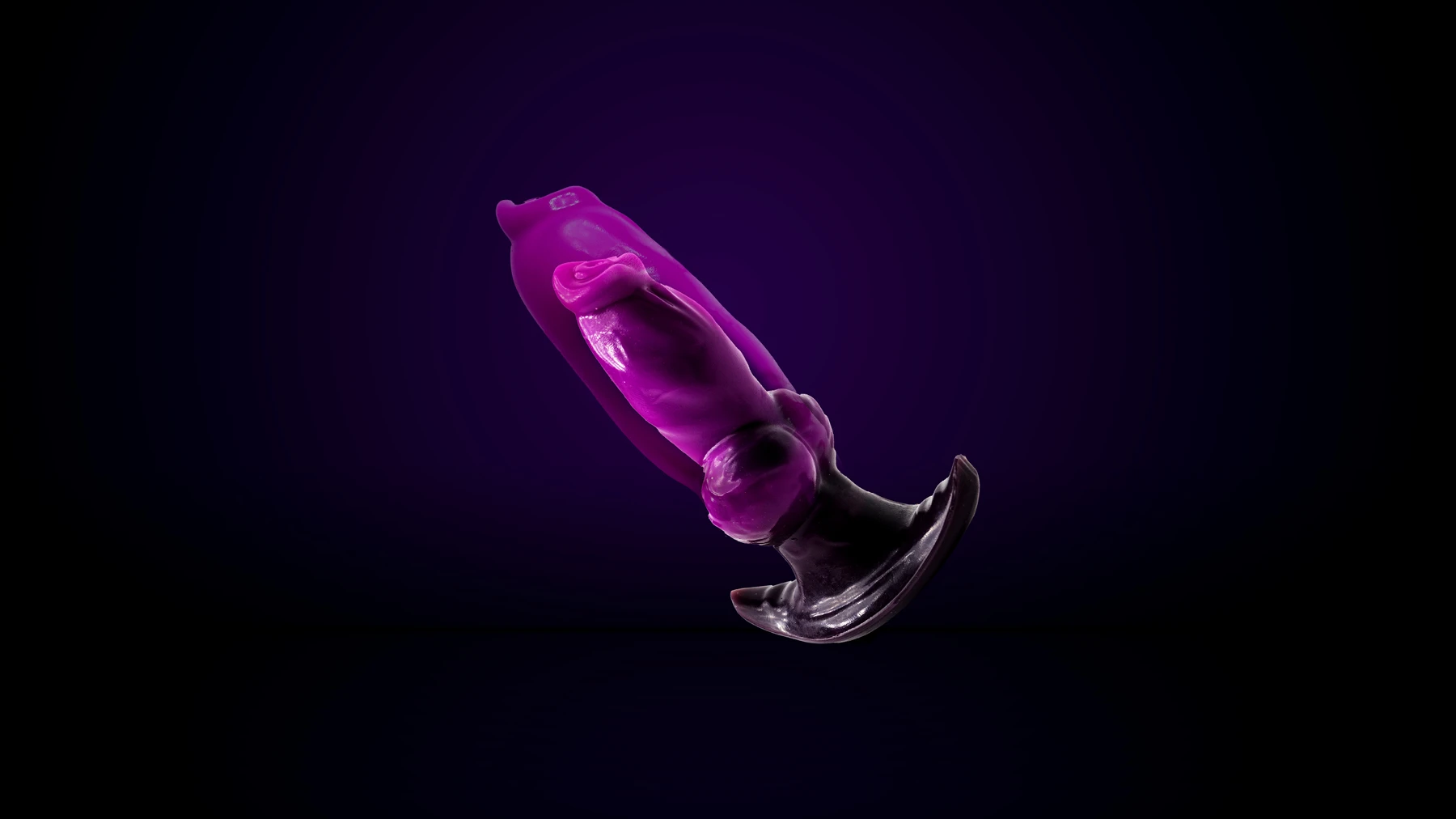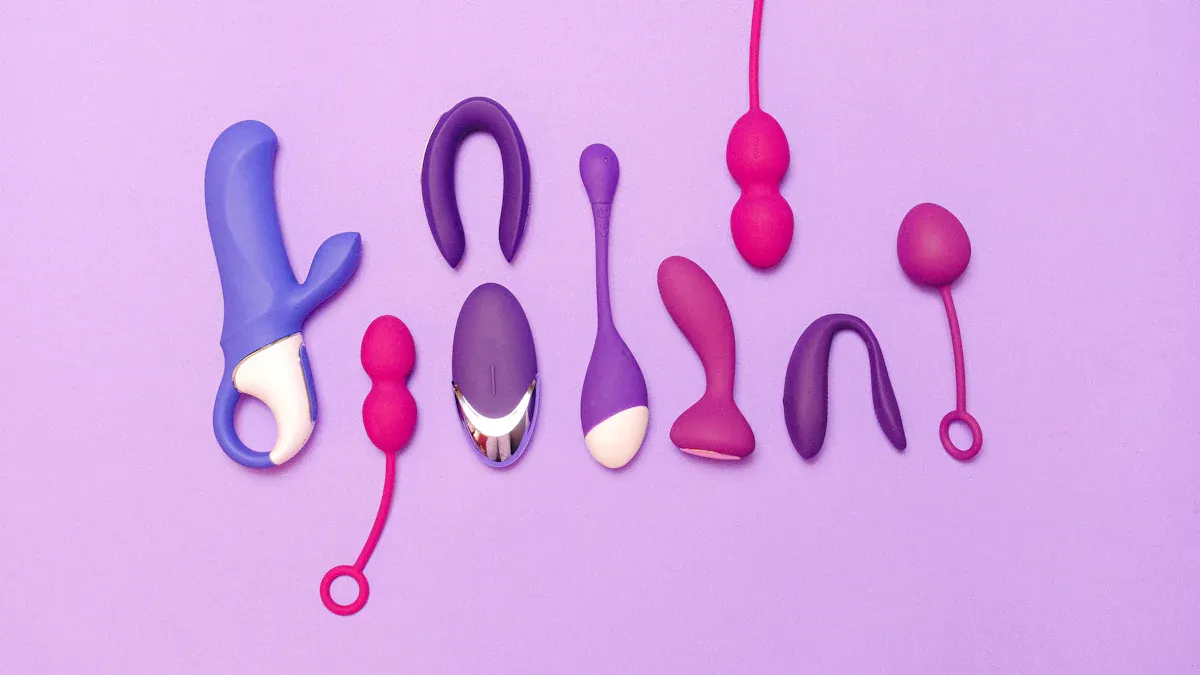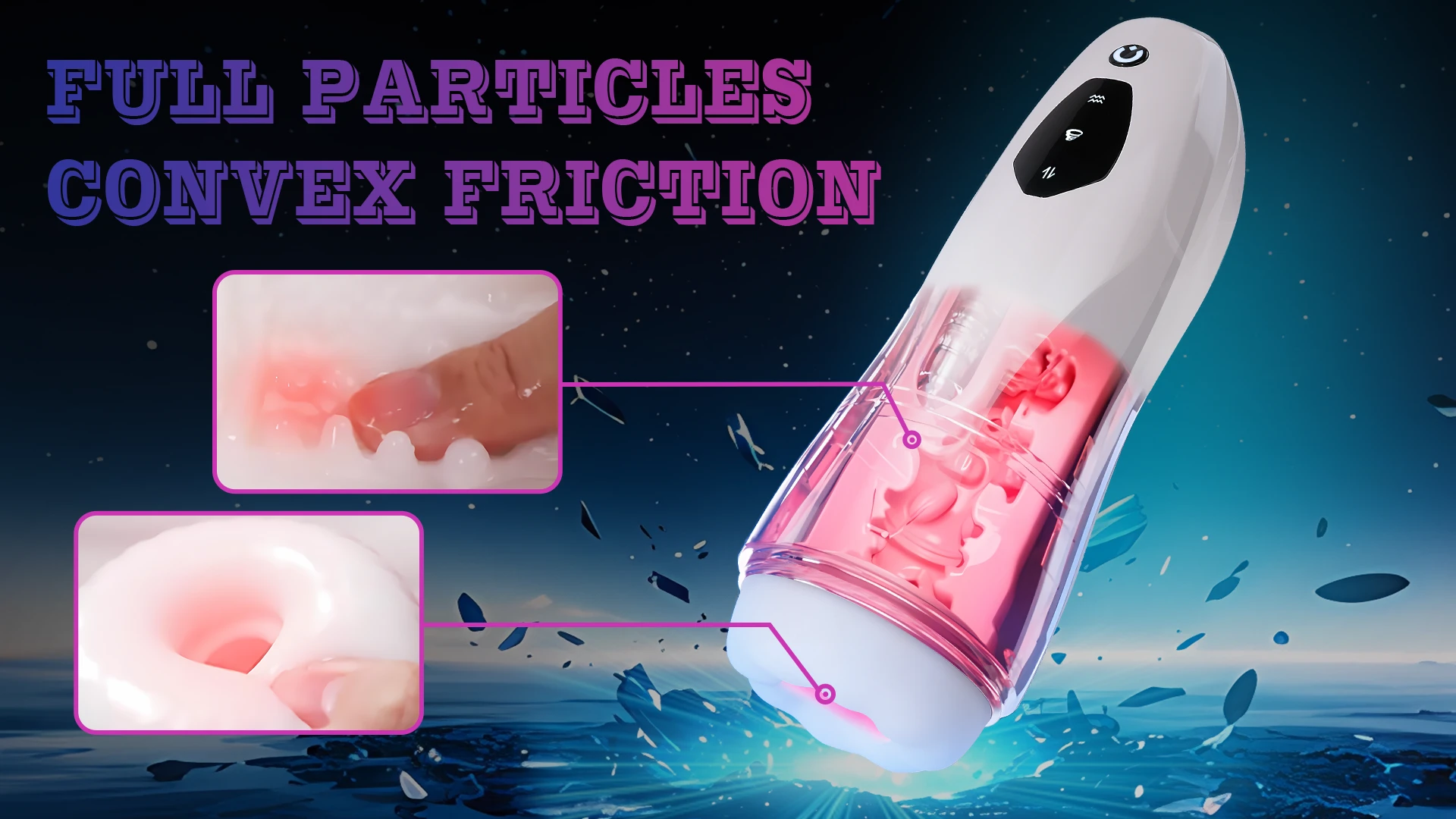Jelly Dildos Explained for Beginners

Jelly dildos feel soft and bend easily, so many people like them. You can find jelly sex toys in lots of shapes and sizes. Some look real, while others are fun designs like Tentacle Dildos, Luminous Dildos, and Face Dildos. These toys often have details that look real and come in bright colors. Jelly sex toys are still very popular. The sex toy market might reach $50 billion USD by 2025. But some jelly sex toys have chemicals like phthalates, which can be bad for your health. Try to pick body-safe choices when you can. You should be able to explore safely and feel sure about it.
What Are Jelly Dildos
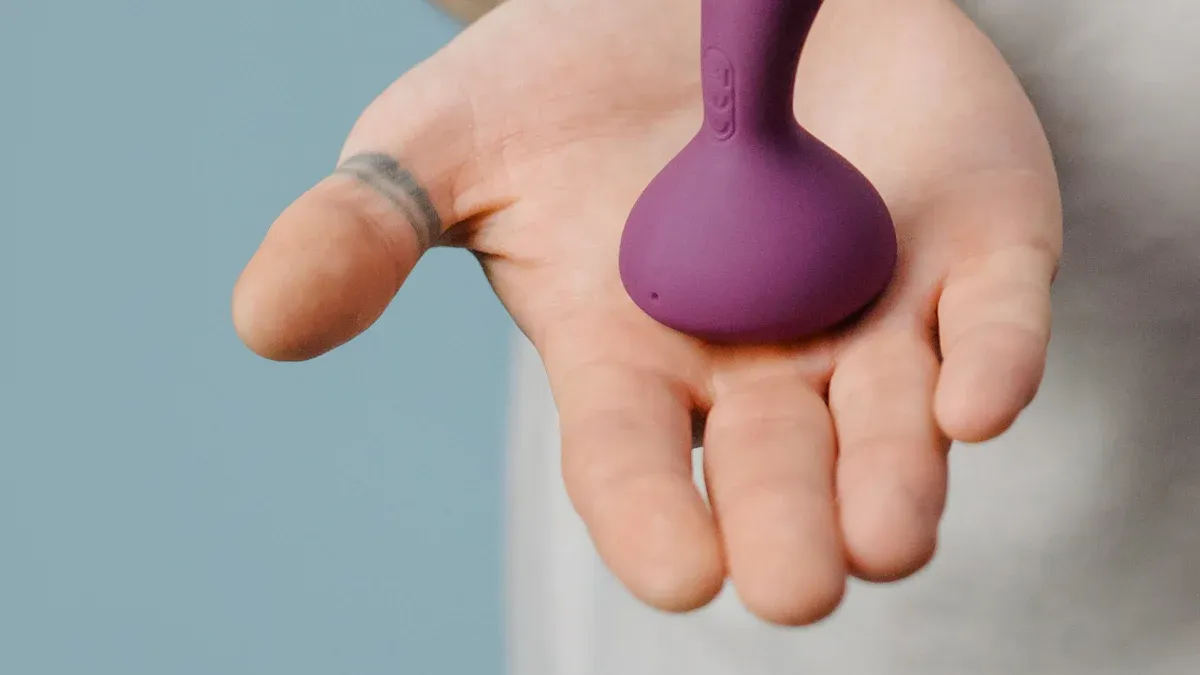
Material and Features
Jelly dildos are a kind of sex toy. They are made from PVC mixed with rubber. These toys feel soft and bend without breaking. Many people like how gentle they are. The surface can feel sticky or tacky. Some people think this makes them feel more real.
Most jelly sex toys have phthalates in them. Phthalates help keep the toy soft and bendy. But phthalates can be bad for your health. The material has lots of tiny holes. Bacteria can hide in these holes. This makes it hard to clean jelly sex toys well. Over time, the toy can get sticky and break down. It might even leak chemicals. Some companies say “silicone feel” to make them sound safer. But these toys are not real silicone.
Note: Jelly sex toys are cheap and easy to buy. They are not made for regular or long-term use. There are not many rules for making these toys. You should be careful when picking one.
Here are some important facts about the material:
Jelly sex toys are made from PVC and rubber.
They have phthalates, which can be toxic.
The material is porous and hard to clean.
Jelly sex toys can get sticky and break down.
These toys are often sold as fun items, not for safe regular sex.
Types and Designs
Jelly dildos come in many shapes, sizes, and colors. Some look very real with veins and ridges. Others are bright or shaped like tentacles or faces. Some glow in the dark or have glitter inside. You can find jelly sex toys with suction cups. This lets you stick them to smooth places for hands-free use.
Many jelly sex toys have extra features. Some have vibrators inside for more pleasure. Others bend to fit your body better. You can use jelly sex toys alone or with someone else. People use them for vaginal or anal sex, or for outside the body. The soft material can feel nice, especially if you are new to sex toys.
Here is a table showing common types and features of jelly sex toys:
Type | Features | Use Cases |
|---|---|---|
Realistic Dildos | Veins, testicles, skin tones | Vaginal/anal penetration |
Fantasy Designs | Tentacles, faces, bright colors | Creative solo/partner play |
Vibrating Dildos | Built-in vibration, flexible | Extra stimulation |
Suction Cup Dildos | Hands-free use, stable base | Solo or partner sex |
You should always use water-based lubricant with jelly sex toys. This helps stop discomfort and keeps things safe. Jelly sex toys are best for short or rare use. If you want a toy for regular sex, look for safer materials.
Jelly Sex Toys Use
How to Use
You can use jelly sex toys for many types of sex play. Many people use them for solo sex, while others enjoy them with a partner. You might use a dildo for vaginal or anal sex. Some people use vibrators for clitoral or G-spot stimulation. Strap-ons can help you and your partner explore new roles during sex. These toys can also help break the routine and add excitement to your sex life.
A survey found that 23% of people buy sex toys to improve intimacy and relationships. Jelly sex toys can help you feel more confident and open about your needs. You can use them to discover what feels good for your body. Many people use jelly sex toys to support empowerment and pleasure, even if they have disabilities.
Tip: Always talk with your partner about what you want to try. Open communication makes sex safer and more fun.
You should always use water-based lubricant with jelly sex toys. Lubricant helps prevent discomfort and lowers the risks of injury. It also protects the toy from damage. Using condoms on jelly sex toys can lower the risks of sharing germs during sex. This is important because viruses like HPV can stay on toys even after cleaning.
Cleaning and Storage
Jelly sex toys need special care because of their material. The surface has tiny holes that make cleaning hard. Bacteria can hide in these holes, which increases the risks of infection. You should wash your toy with warm water and mild soap after every use. Do not boil jelly sex toys or put them in the dishwasher. High heat can damage them and release chemicals.
Let your toy air dry before storing it.
Keep jelly sex toys in a cool, dry place away from sunlight.
Store each toy in its own bag or box to avoid chemical reactions.
Proper cleaning and storage help lower the risks linked to jelly sex toys. If you notice any changes in color, smell, or texture, replace the toy. Safe habits keep your sex life healthy and fun.
Jelly Sex Toy Safety
Health Risks
It is important to know the risks of jelly sex toys. These toys have a surface with tiny holes. Bacteria and mold can hide in these holes. When you use a jelly sex toy, you cannot clean it all the way. Even after washing, germs can stay inside and grow. This makes it easier to get infections, especially if you use the toy a lot or share it.
Some people think soap or wipes clean the toy well. But wipes only clean the outside part. The inside can still have bacteria and mold. Over time, these germs can cause itching or infections. You might smell something bad or see a color change. These are signs that germs or mold are growing.
Tip: If you see changes in your jelly sex toy, stop using it. Get a new one to keep yourself safe.
Studies show that porous materials like jelly, TPR, TPE, PVC, and rubber cannot be cleaned fully. Bacteria and mold can live deep inside the toy. This means you can get an infection each time you use it. Some studies found these toys can have over 50% harmful materials. These can hurt your body, especially if you use them often.
Chemical Concerns
You should also know about the chemicals in jelly sex toys. Most jelly sex toys have phthalates. Phthalates make jelly sex toys soft and bendy. But these chemicals can leak out as time goes on. When you use the toy, your skin can take in these chemicals.
Phthalates in jelly sex toys are linked to health problems. Studies show phthalates can cause cancer and birth defects. They can also hurt your reproductive system. For example, a study in 2005 found that baby boys exposed to phthalates had lower testosterone. This means these chemicals can change your hormones and harm your health.
Jelly sex toys may have other harmful chemicals too. Some of these are not allowed in kids’ toys because they can hurt your brain and organs. You might not know what is in your toy because companies do not always tell you. Without lab tests, you cannot be sure your toy is safe.
You might also get irritation or allergies from jelly sex toys. Your skin or private parts can react to the chemicals or germs. Signs are redness, itching, swelling, or pain. If you notice these, stop using the toy and talk to a doctor.
Here is a table showing some possible risks of jelly sex toys:
Risk Type | What Happens | Why It Matters |
|---|---|---|
Bacterial Growth | Infections, bad odor, irritation | Porous material traps germs |
Chemical Leaching | Hormone disruption, organ damage | Phthalates and toxins present |
Allergic Reaction | Redness, swelling, pain | Sensitive skin reacts |
Note: Picking body-safe toys made from non-porous materials can help you avoid these risks. Look for toys that say body-safe, and check for materials like silicone, glass, or stainless steel.
Jelly sex toy safety matters a lot. You should always think about the risks before using these toys. The main risks are infections, chemicals, and allergies. If you want to have fun and stay healthy, pick body-safe toys and use safe habits.
Body-Safe Alternatives
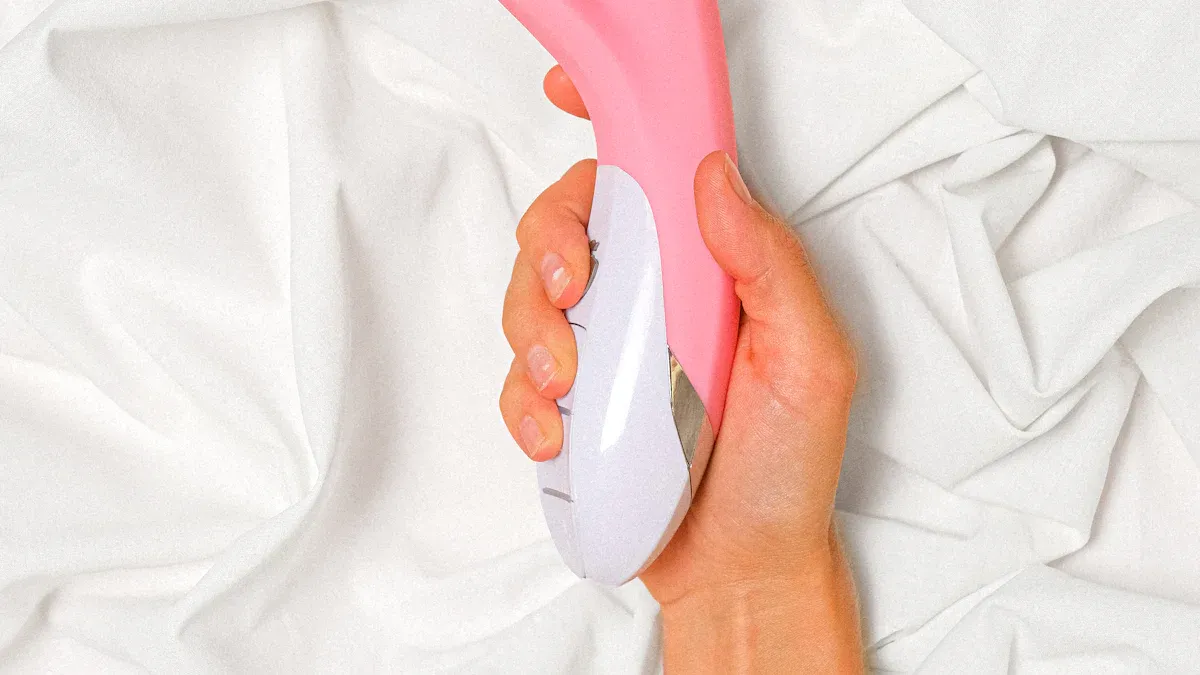
Safer Materials
You have many options when you want something safer than jelly sex toys. Body-safe materials like medical-grade silicone, borosilicate glass, and stainless steel give you better protection and last much longer. Jelly sex toys trap bacteria because they are porous, but body-safe toys do not. Silicone, glass, and steel are non-porous, so you can clean them easily and keep them free from germs. Silicone feels soft and smooth, and it does not have a strong smell. Glass and steel toys are hard, but they are very easy to wash and even safe in the dishwasher.
Empirical studies show that silicone is very safe and strong. Medical devices use silicone for years without problems. Silicone does not break down or let bacteria in. Glass and steel also work well for sex toys, but there are not as many long-term studies on them. Still, both materials are non-porous and do not have toxic chemicals like phthalates.
Here is a table to help you compare:
Material | Pros | Cons |
|---|---|---|
Silicone | Soft, odorless, body-safe, durable | Can cost more |
Glass | Non-porous, easy to clean, body-safe | Hard, can break if dropped |
Stainless Steel | Non-porous, body-safe, very durable | Feels cold, heavy |
Jelly | Soft, cheap, flexible | Porous, not body-safe, traps bacteria, smells bad |
Tip: Always choose toys made from body-safe materials. They keep you healthier and make cleaning much easier.
Choosing the Right Toy
When you pick a sex toy, think about your needs and safety first. Look for toys that say “body-safe” on the label. Avoid jelly sex toys if you want something for regular use. Body-safe toys made from silicone, glass, or steel last longer and protect you from germs and chemicals. If you want something soft, silicone is a great choice. If you like firm toys, glass or steel might work better for you.
You should also check if the toy is easy to clean. Non-porous toys let you wash away all germs. Some people like toys that work with all types of lubricants. Glass and steel are good for this. If you want to try alternative safe materials for sex toys, look for brands that test their products and share what is in them.
Remember, body-safe toys cost more, but they last much longer than jelly sex toys. You save money over time and keep yourself safer. Always store your toys in a clean, dry place and check them for damage before each use.
Tips for Safe Use of Jelly Sex Toys
Hygiene Practices
You can lower the risks linked to jelly sex toys by following good hygiene steps. Always clean your jelly sex toy right after you use it. Use warm water and mild soap, but do not boil the toy or put it in the dishwasher. Dry the toy with a clean towel or let it air dry. Store each toy in its own bag or box to stop germs from spreading. Keep your toys away from sunlight and heat, which can break down the material and increase risks.
Many experts suggest using condoms on jelly sex toys. This helps protect you from bacteria and makes cleaning easier. Change the condom if you switch between partners or body parts. You should also check your toys for cracks, sticky spots, or changes in color. These signs mean the toy may not be safe to use.
Here are some tips for safe use of jelly sex toys:
Clean your jelly sex toy after every use.
Use condoms on toys to prevent infection.
Store toys in a cool, dry place.
Check toys for damage before each use.
Tip: Always pick water-based lubricant with jelly sex toys. Oil or silicone-based lubes can damage the toy and raise health risks.
Usage Precautions
You need to watch for signs of irritation or allergic reactions when using jelly sex toys. If you feel itching, redness, or pain, stop using the toy right away. These symptoms can mean your body does not like the material or there are germs on the toy. Replace jelly sex toys often, even if they look fine. The material can break down over time and increase risks.
You should choose jelly sex toys that are phthalate-free to lower your exposure to harmful chemicals. Try to pick toys that meet safety standards. If you want to avoid most risks, use body-safe materials like silicone, glass, or metal instead of jelly. These materials are easier to clean and do not trap germs.
A simple checklist for the safe use of jelly sex toys includes:
Pick phthalate-free toys when possible.
Prefer non-porous, body-safe materials.
Make sure toys meet safety rules.
Inspect toys for damage before use.
Clean toys well after each use.
Use condoms on toys.
Replace toys regularly.
You can enjoy sex and stay healthy by following these tips for safe use of jelly sex toys. Always pay attention to your body and make choices that lower your risks.
You now know that jelly sex toys feel soft and come in many shapes, but they can carry health risks. Many jelly sex toys contain chemicals like phthalates, which may harm your body after long use. Some jelly sex toys also lack clear safety labels and do not meet strict rules. Always clean jelly sex toys well and store them safely. Try to pick body-safe toys when you can. You deserve safe, fun experiences with jelly sex toys, so make choices that protect your health.

